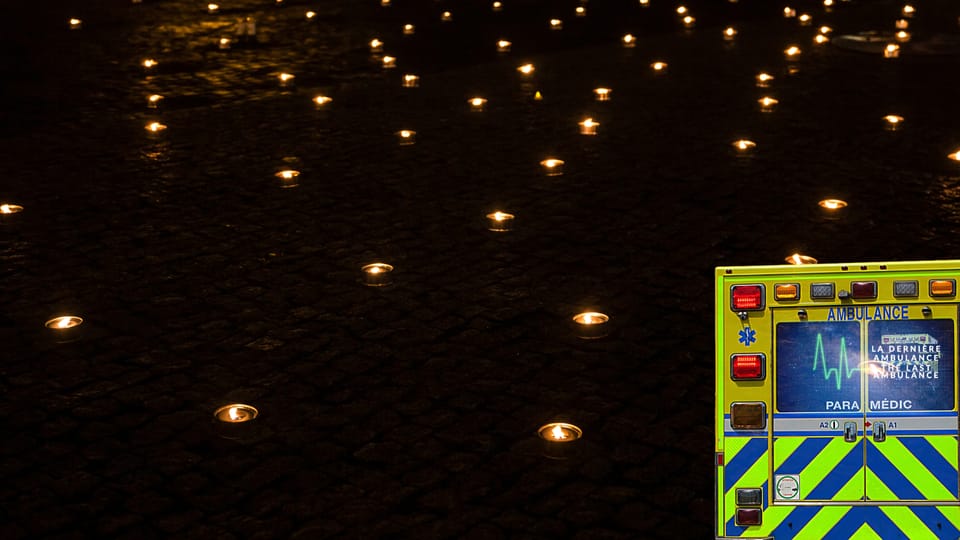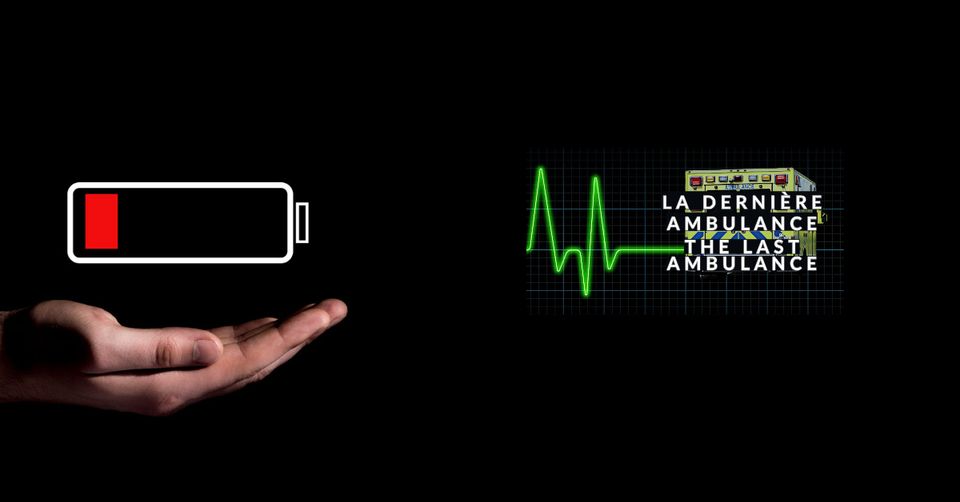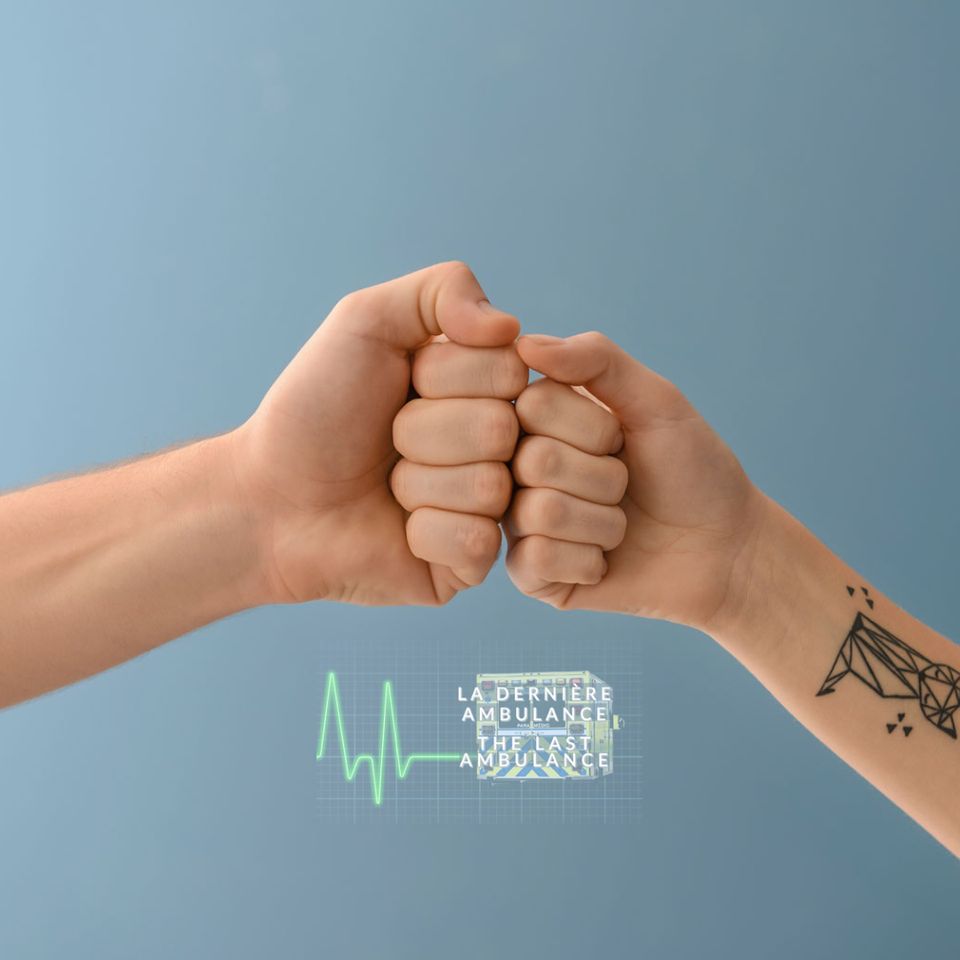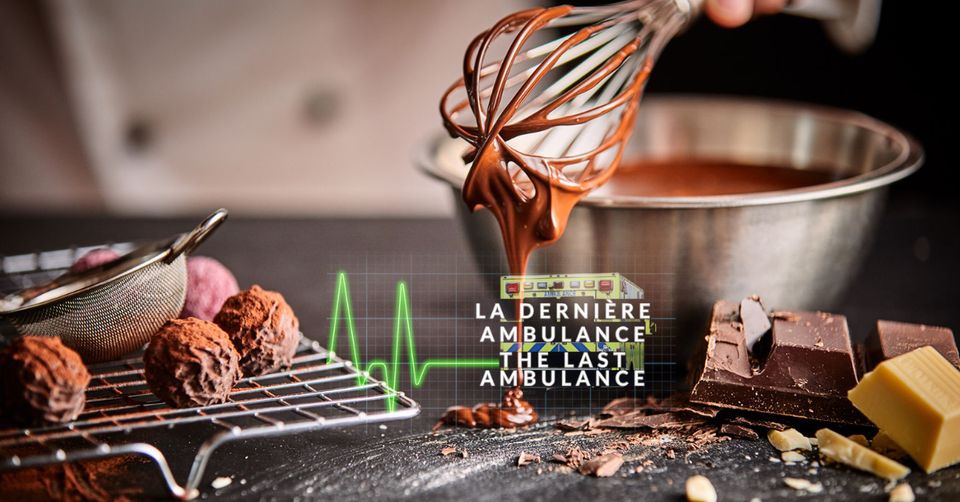Codes
Code 99, Code Blue or just Code. Shorthand for cardiac arrest. An absence of life signs. No respirations. No pulse. Seldom as simple or as clean as the previous description. Often comes as a surprise to both the patient and the other people at the scene...
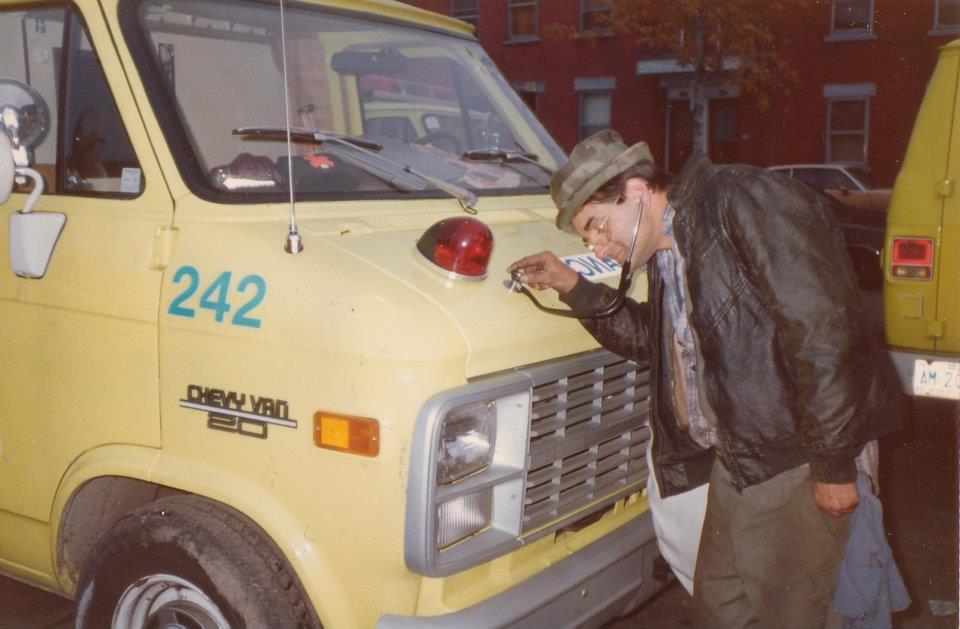
Code 99, Code Blue or just Code. Shorthand for cardiac arrest. An absence of life signs. No respirations. No pulse. Seldom as simple or as clean as the previous description. Often comes as a surprise to both the patient and the other people at the scene. Sudden cardiac arrest. Even with rapid intervention the outcome is far from assured.
Worked my first Code by the side of a private pool. The patient was in his early 40s. He had been swimming, got out of the water, sat down on the deck and slumped over. He and his friends had just taken a course in something called Cardio-Pulmonary Resuscitation [CPR]. The CPR instructor had left a sticker for the ambulance company he worked for on the phone in the kitchen overlooking the pool.
Someone dialed the number (this was before 9-1-1). Someone else pumped the chest of their friend. Another tried to force air into their friend’s lungs.
We ran a full code on him by the side of the pool. We were advanced care paramedics out of the Royal Victoria Hospital and Resuscicar and we did everything we could do to restore his cardiac rhythm to something that would be compatible with life. It didn’t work. He was still in cardiac arrest during the transport. He remained in cardiac arrest in the ER until a physician decided that it was time to call the code.
Call the code. Shorthand for died.
I responded to thousands of codes in the course of my career as a paramedic.
I am a multinational coder. I have worked codes that began in one state and ended in another [West Virginia to Ohio and Maryland to District of Columbia or Virginia]. I have worked a code that began 35,000 feet in the air over Canada and ended – with a successful resuscitation – on the ground in the United States.
There is nothing delicate about a code. The resuscitation efforts are a brutal assault on the body in an effort to force it back to this side of the life and death divide. It is not the stuff of spectators and armchair quarterbacks. And yet, sometimes there they are – attempting to call the plays, shouting criticisms, sometimes even physically interfering with the efforts of rescuers.
I responded to a code at a wedding reception. It was a huge affair. There were hundreds of people in the hall. One of the guests, an elderly woman, had collapsed and was in cardiac arrest. One of the waiters and one of the guests had teamed-up to perform CPR. They were doing a remarkably good job under the circumstances. The circumstances were unique and to this day I have never witnessed another scene quite like that one.
Gathered around was a large crowd of guests who were heaping abuse on the would-be rescuers. ‘You’re not doing it right!’ ‘You’re killing her!’ ‘What do you know, you’re a frigging waiter.’ And still the two of them continued CPR.
Beyond that group was the larger party, which, to our amazement and utter disbelief, continued even as one of the guests lay dying on the floor. The band was playing on stage and people were dancing – even picking their way over and around the array of emergency gear brought in to the hall. It was haute-couture savagery at its very finest.
When the fire officer walked into that room and saw what was going on, he walked right up on stage, yanked the microphone out of the hands of the singer and told everyone except for the group around the patient to get out of the room. ‘On the way out, you can say a prayer for the person in cardiac arrest.’
The crowd around the patient who had hurled abuse were shepherded to a table where the LT made them wait for the cops he had called to the scene. He knew they would never be charged with anything but he wanted them to feel some shame for their actions.
The patient died. She never had a chance. Apparently, her tablemates thought she was sleeping facefirst in her dinner plate and it was only when the waiter came around with water that he realized she was in distress.
The last code I worked before I wrote this piece was in the livingroom of a fifteenth floor luxury condo. The patient was resuscitated by first responders armed with an automated external defibrillator. As the patient was being packaged for the ride to the ER, I wandered out onto the balcony and looked out at the neighbourhood.
I was astonished to realize that I was looking down into the backyard swimming pool where I had worked my very first code as a paramedic.
